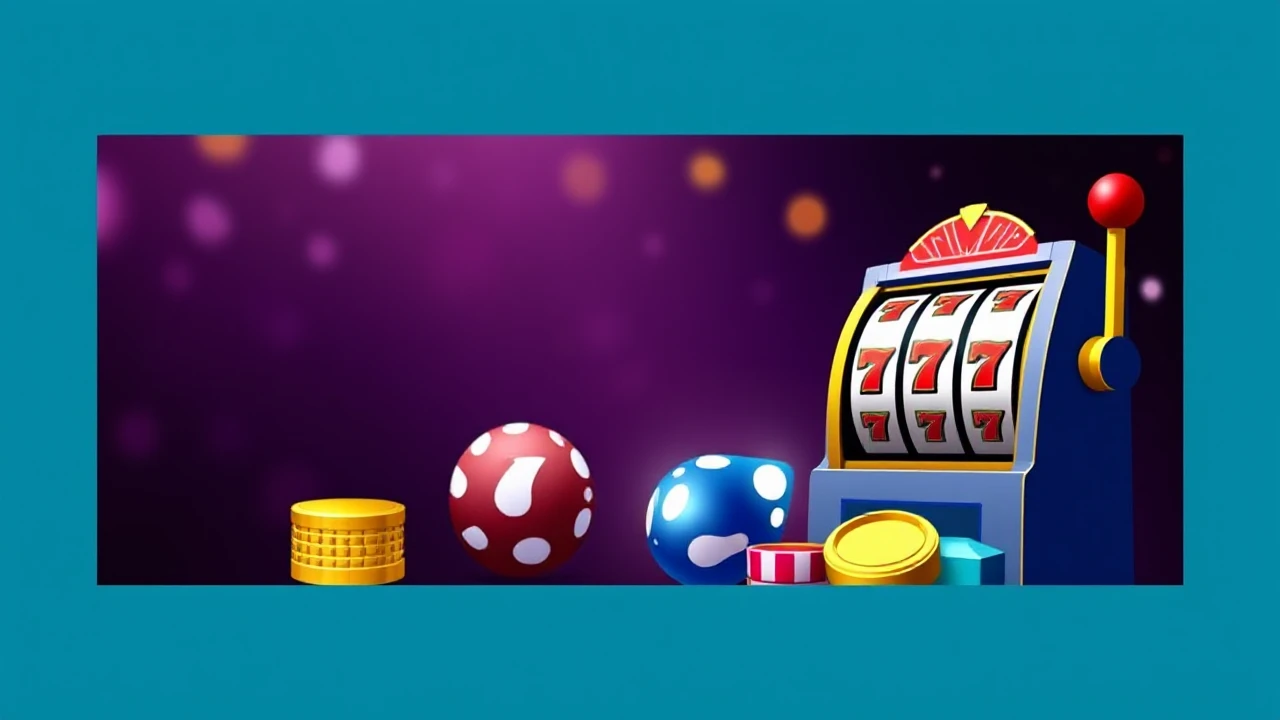
Latest
Update
Today's Top Highlights
Explore the intersection of technology and creativity through storytelling in the digital era.





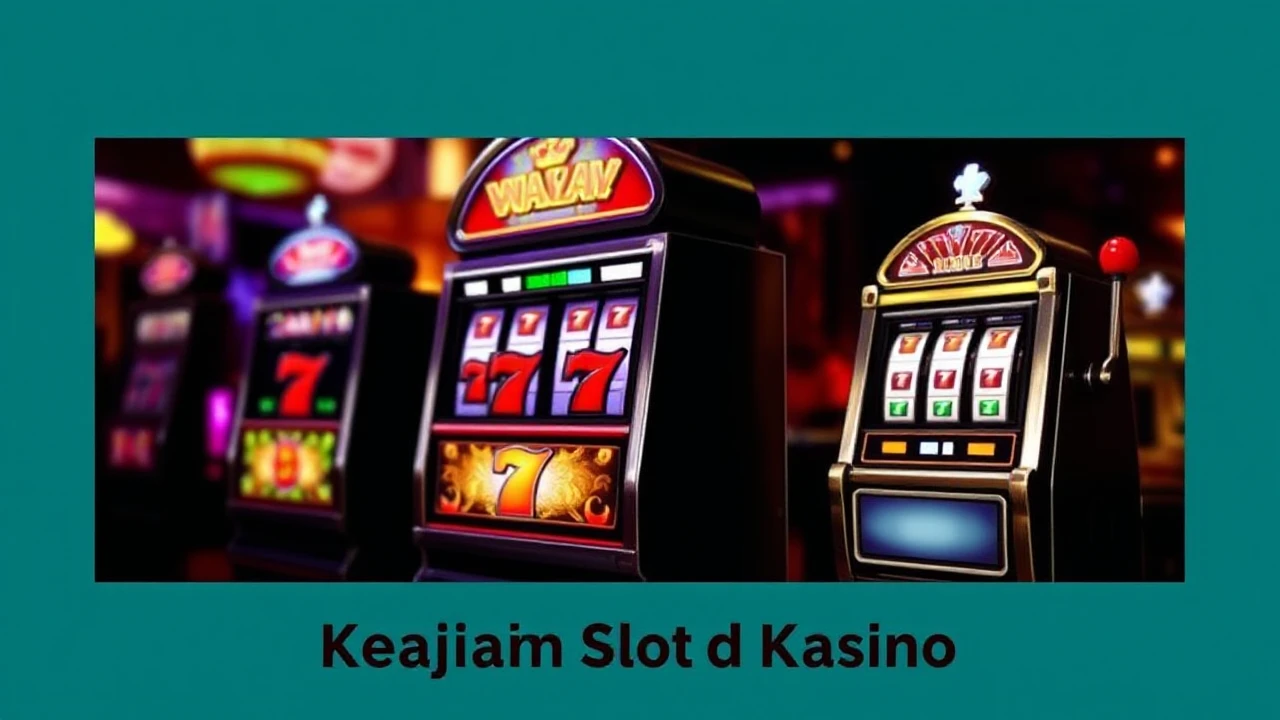

Exploring the Psychology Behind Casino Slot Player Behavior
By Jennifer Moyer
•
13 Sep 2025

Revolutionizing Fun: The Evolution of Online Casino Games
By Jennifer Moyer
•
13 Sep 2025
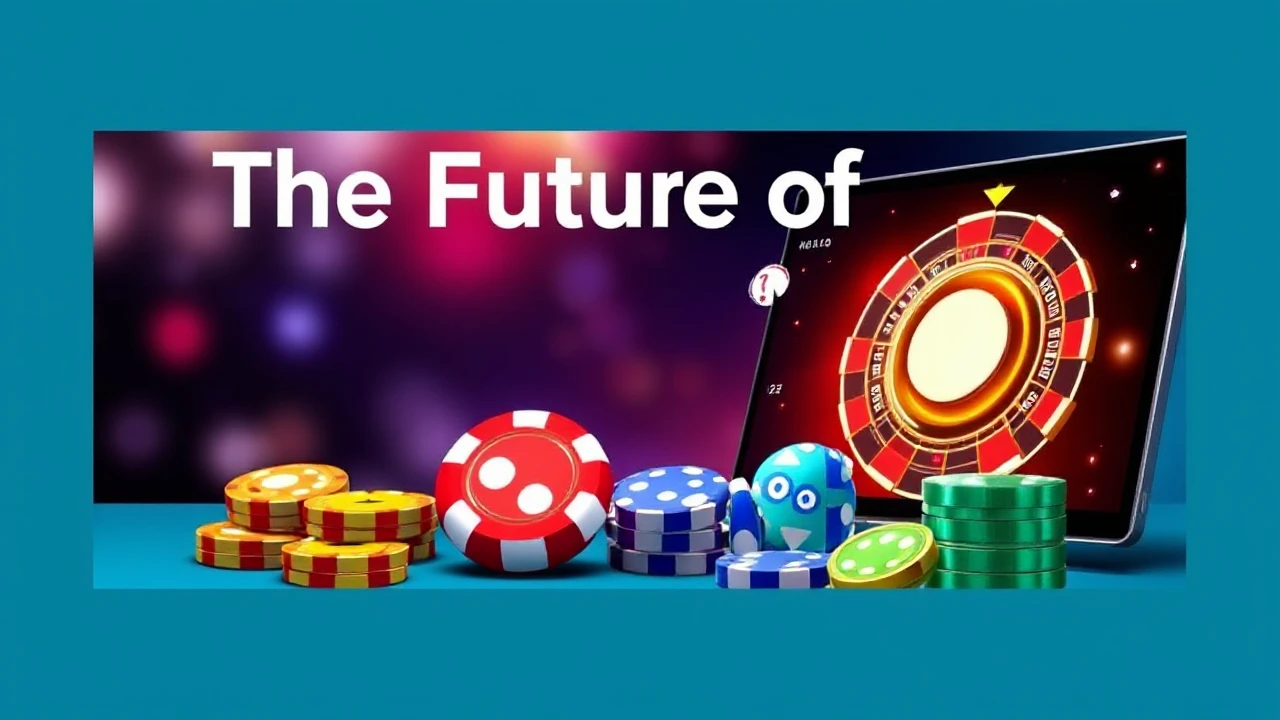
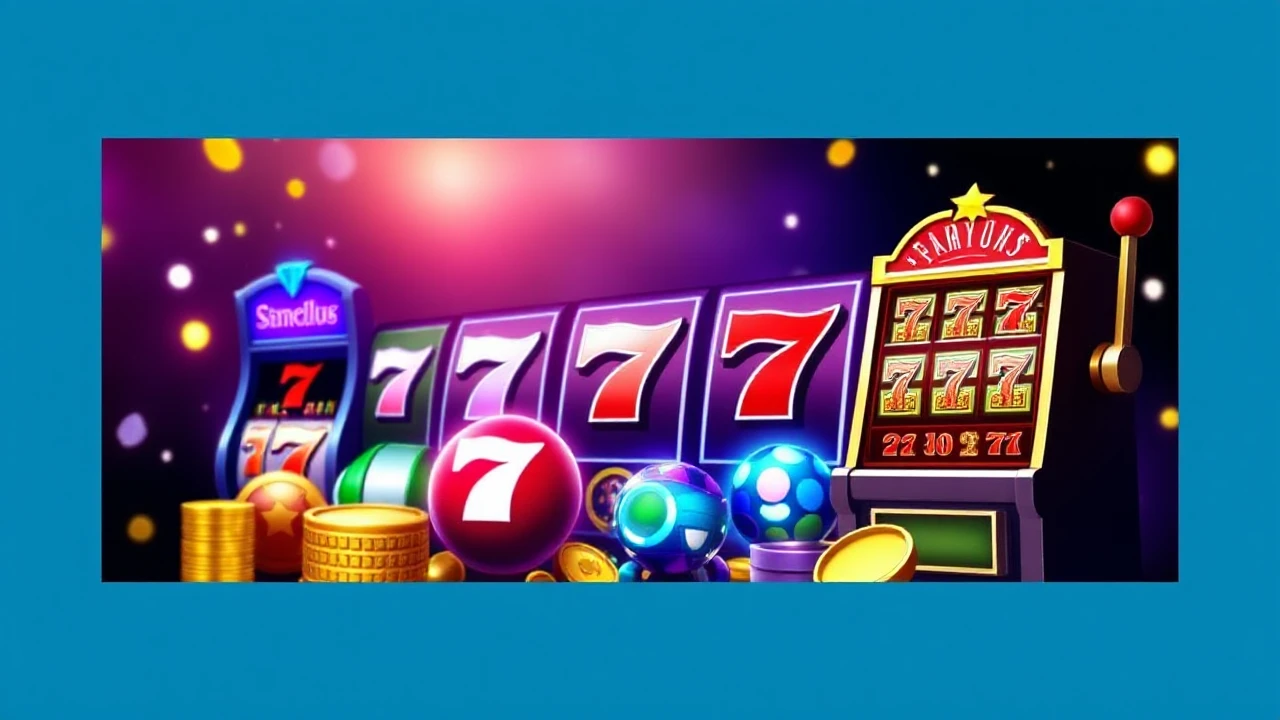
Unveiling How of Slot Game Themes on Popular Culture and Trends
By Jennifer Moyer
•
12 Sep 2025

Unveiling the Unknown Functionality of Cascading Reels in Slot Games: Uninterrupted Victories
By Jennifer Moyer
•
12 Sep 2025

September 2025 Blog Roll
August 2025 Blog Roll
July 2025 Blog Roll
June 2025 Blog Roll
Popular Posts
Cara Terbaik untuk Memilih Permainan Judi Kasino
12 Sep 2025
Sponsored News
 Others
Others
Cara Memilih Mesin Slot Terbaik di Kasino
 By Jennifer Moyer
•
12 Sep 2025
By Jennifer Moyer
•
12 Sep 2025
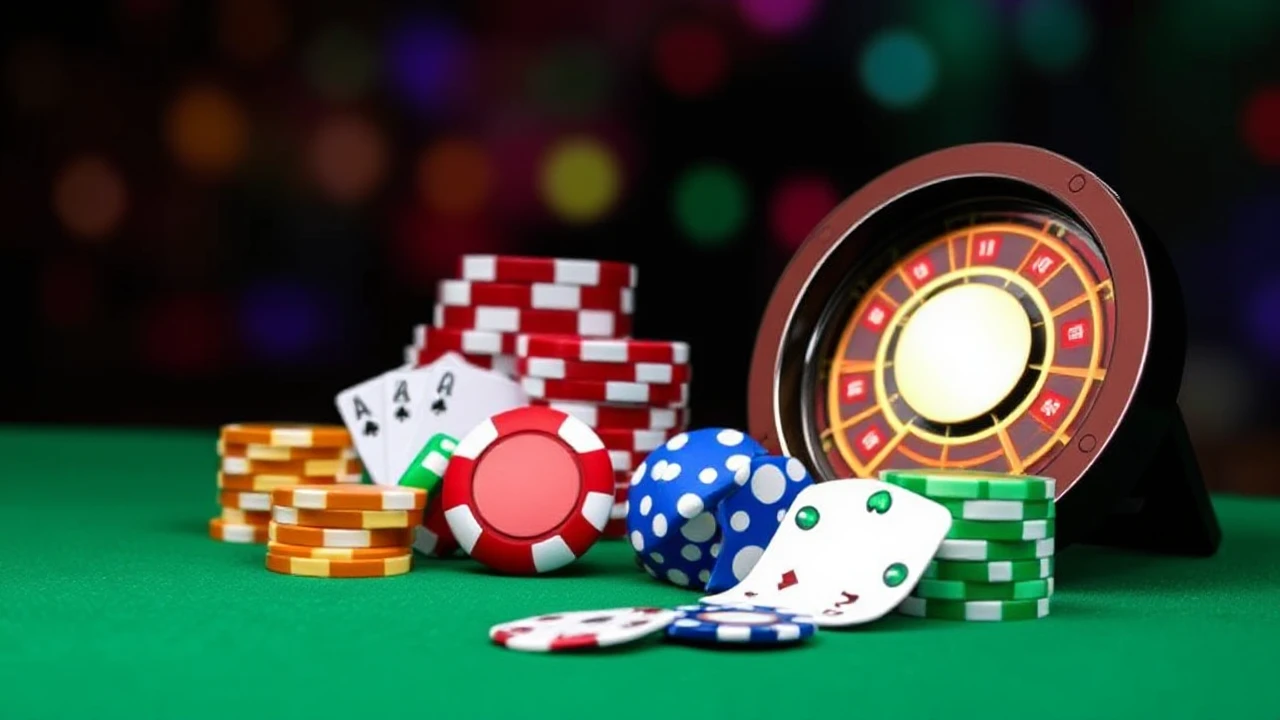 Others
Others
Cara Terbaik untuk Memilih Permainan Judi Kasino
 By Jennifer Moyer
•
12 Sep 2025
By Jennifer Moyer
•
12 Sep 2025
 Others
Others
Optimizing Your Profits: Strategies for Successful Online Casino Gambling
 By Jennifer Moyer
•
12 Sep 2025
By Jennifer Moyer
•
12 Sep 2025
 Others
Others
Mechanical to Digital: The Transformation of Slot Game Technology
 By Jennifer Moyer
•
12 Sep 2025
By Jennifer Moyer
•
12 Sep 2025
 Others
Others
Deciphering the Secrets of Online Casino Slot RNG
 By Jennifer Moyer
•
12 Sep 2025
By Jennifer Moyer
•
12 Sep 2025
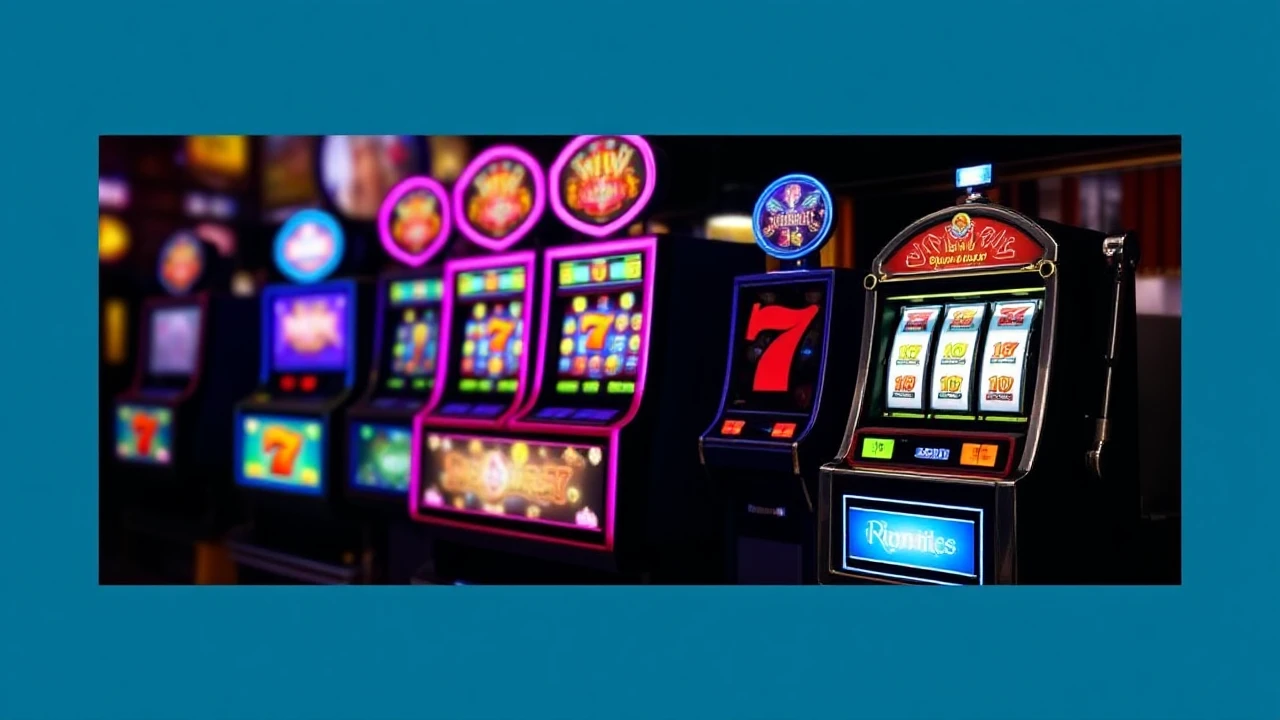 Others
Others
7 Common Mistakes to Steer Clear of When Playing Slot Machines
 By Jennifer Moyer
•
12 Sep 2025
By Jennifer Moyer
•
12 Sep 2025




